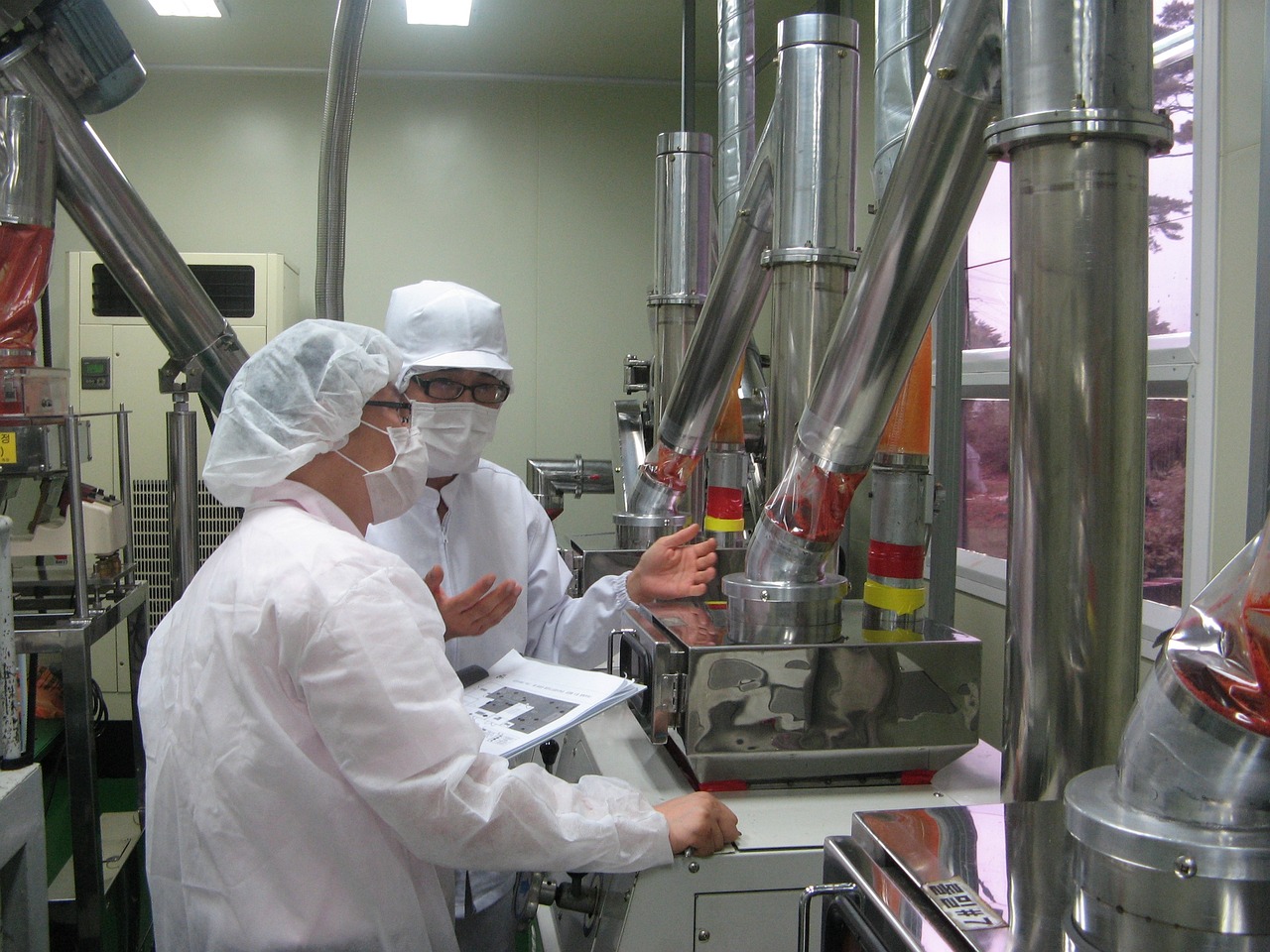New OSHA guidelines for food processing facilities will soon offer greater protection for employees, who incur health hazards and injuries above the national average for all sectors. Although previous OSHA standards already applied to the poultry industries, the updated federal safety policies are aimed at mitigating growing environmental threats in industries that were once out of federal scope and scrutiny. OSHA says food processing facilities, primarily slaughter house worker and poultry employees, suffer twice the injury rates of all sectors. Meat and poultry processing facilities’ employees routinely encounter fall hazards, slippery floors, noisy working conditions, dangerous equipment, and hazardous chemicals. OSHA hopes to reduce safety deficits in the food industry through regulations compliance and enforcement.
“This expansion into the broader Animal Slaughtering and Processing industry (NAICS 3116) is based on OSHA’s determination that this industry has a high Bureau of Labor Statistics (BLS) days away, restricted, or transfer (DART) rate (i.e., above the 1.7 private industry national average).” according to the document. “This initiative aims to significantly reduce injuries and illnesses resulting from occupational hazards through a combination of enforcement, compliance assistance, and outreach.”
Reviewing New OSHA Guidelines for Food Processing Facilities

A cursory overview of OSHA’s proposed guidelines for food processing facilities include standards already found in similar industries. Going forward, OSHA’s new standards will emphasize facility sanitation, person protection equipment availability, machine lockout/tag-out, and machine guarding. While conventional wisdom about food processing facilities suggests otherwise, dangerous chemicals abound at these facilities. Ammonia, chlorine, hydrogen peroxide, Peracetic Acid, Carbon Dioxide, and Nitrogen are common chemical hazards facing food processing facilities. Manufacturers looking to maintain compliancy for new OSHA guidelines for food processing should take a proactive approach. Our flammable chemical storage lockers can protect various sized chemical stockpiles common at food processing plants and slaughterhouses. Investing in compliant chemical storage before OSHA safety inspectors arrive at your facility will protect not only your employees, but also the communities you serve.
Recurring Injuries, Fines Jeopardize Safety and Profits

Frequent workplace accidents can put a financial strain on food processing facilities. Injured or absent employees impact routine operations. Shortfalls in labor can erase profitable quarters while residual civil litigation from preventable accidents can permanently jeopardize financial solvency. Furthermore, OSHA found food processing employees to sustain serious injuries that require more than a “day or two away” from the workplace. Unfortunately, the actual number of real injuries could be unreported due to employment contract status and perceived job insecurity or reprisals for missing “excessive” days of work. Increased government insight could portend greater regulation in the years to come. Protecting operations and employees from dangerous chemical stockpiles could also engender good faith and leniency from federal inspectors as more laws come onto the books. Protect your employees and company financial health by showing due diligence in investing in compliant chemical protection. Our customizable chemical storage lockers can accentuate safety protocols at any facility without impeding daily operations. Contact us today for a free quote and consultation!


